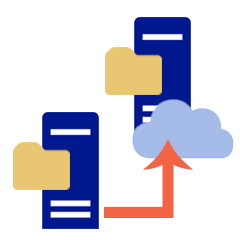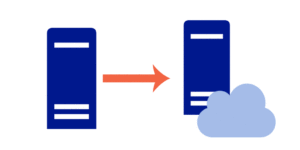
Knowing how to create a secure password is essential to almost everything you do online
- Use a cloud password generator service such as Last Pass or Google passwords. These services create secure passwords and give you easy methods to reset the passwords. They also cache the passwords on your devices so you don’t have to put them in constantly. They encrypt communication to their cloud servers and store the passwords securely in the cloud. Last Pass by Logmein, in particular is a good system that can be trusted and is reliable. The only potential draw back to a cloud password generator service is that if they are hacked then all of your passwords could potentially be hacked, however you would then immediately change your passwords, but it could be too late.
- Use a password generator. A secure password generally consists of 8 or more characters, One-capital letter (not the first letter) 2 numbers and 1 symbol. The easiest way to do this is to create a random password like: sEnsM#j4%7hn&2. This is similar to what a password generator does. You can use free online password generators to create these random passwords, however be aware that these passwords may be stored in your browser or on their cloud.
- Create a secure password yourself: An easier way to create a secure password is to choose a random word or phrase like, itsafineday and capitalize a few letters (not the first letter) and add a few non-sequential numbers and a special character. itsaFinedaY38$. This is a very good method as long as you don’t use the same password for everything.
- Replace certain letters of a word with numbers: These numbers look like letters so you can replace them in certain words. 1 = I or L, 3 = E, 0 = O. char11e or b3aut1fu1 or kn0wl3dg3. This system is well known and many people use it, because of that we don’t believe this method creates secure passwords. Don’t use this system.
- Use your birthday and the name of your son or daughter, dog or cat or street address. You can use the name of a person or animal or address you know then add your birthday. Jessica012874 or Molly080407 or Broadst122122102 This is a very bad idea if a hacker is able to guess this. It may not be so hard because if they know you’re name they may be able to pull this information off of the internet. Now the hacker will not only have your password but they may have your address, birthdate and then name of your child. Don’t use this system!
Storing Passwords
- Use a cloud password generator and storage service like Last Pass. You’ll only need to remember the password to logon here. This is the best and easiest method. There is a slight risk in putting everything in one cloud generator. However security at Last Pass is very good and passwords are often reset, so we put this method at the top of our list.
- Use an encrypted password spreadsheet. Save it in Google Docs, One Drive or a secure cloud based file storage or somewhere securely on your computer in an encrypted folder. Don’t loose the password to this location though and make sure you’re careful where you save, because if it gets hacked, the hacker will have all of your passwords. This is a good method but it still has security risks
- Print it out and store it in a safe. This is a good method however you need to avoid writing over the printed paper every time there’s an update to the password. If you write over it you may eventually find that you can’t read the new or original password. It’s better to type it exactly in to a spreadsheet and print it out again before putting it back in the safe. Shred the old list. Also ensure it’s in a place where others can’t get to it. This is a good method but takes extra work and can be time consuming and frustrating, especially when you need access to a password protected site from your phone and you don’t have the password list. Most people do a password reset in this situation but then forget later to write the new password down on the sheet. This isn’t a very good method but is generally secure.
- Maintain a few secure passwords, use random passwords for everything else and reset the passwords when you need access. This is a good method. Maintain a few passwords for your emails and important often used accounts. Make them secure and memorize them. Create random complex passwords for rarely used accounts and reset the password every time you need access to these accounts. This is also time consuming but not as time consuming as number 3.
Be safe out there!
Steve Fink – CEO WitzEnd Computing – contact us today for a free services quote for Cloud, IT, Network and Phone services.






